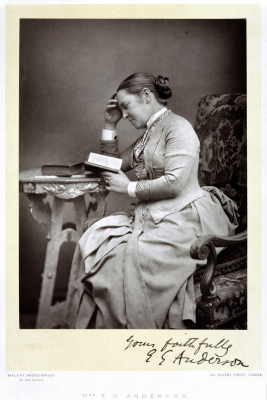
Who was Elizabeth Garrett Anderson?
Elizabeth Garrett Anderson (1836–1917) was the first woman to qualify as a doctor in Britain. She was born in London on 9 June 1836 and died on 17 December 1917.
But haven’t women been providing medical care for centuries?
Yes, they have. From herbalists to ‘wise women’, nurses to midwives – women have practised medicine for thousands of years.
So what was different about Elizabeth Garrett Anderson?
She was the first woman in Britain to formally qualify as a doctor.
From the 1400s, the medical profession in Europe was increasingly a man’s world. Only those who studied medicine at university were permitted to practise medicine.
Women were not allowed to attend university and therefore were excluded from practising medicine. Men came to dominate the medical profession.
Despite this ideological shift, women across Europe continued to deliver medical services.
In Britain, the Medical Act of 1858 made things considerably worse for aspiring female doctors.
In an attempt to clamp down on unqualified practitioners, the new law sought to regulate medical education and formalise the provision of medical care by creating a centralised list of registered practitioners.
Only those with a medical degree could be listed on the Medical Register. Only those on the Medical Register were legally permitted to offer medical care.
Women in Britain could not find a single university or medical school which would allow them to attend, and even if they could there were no examining bodies which would admit them to the medical examinations needed to qualify as a professional doctor on the Medical Register.
Why didn’t they want women to be doctors?
It was thought that women were biologically unable to cope with the stresses and strains of work and higher education.
For example, a Dr Edward H. Clark published his book ‘Sex in Education’ in 1873 in which he argued:
‘higher education in women produces monstrous brains and puny bodies, abnormally active cerebration and abnormally weak digestion, flowing thought and constipated bowels’.
Menstruation, pregnancy and the menopause were thought to leave women frail, unstable and incapacitated, making them unsuitable for public life.
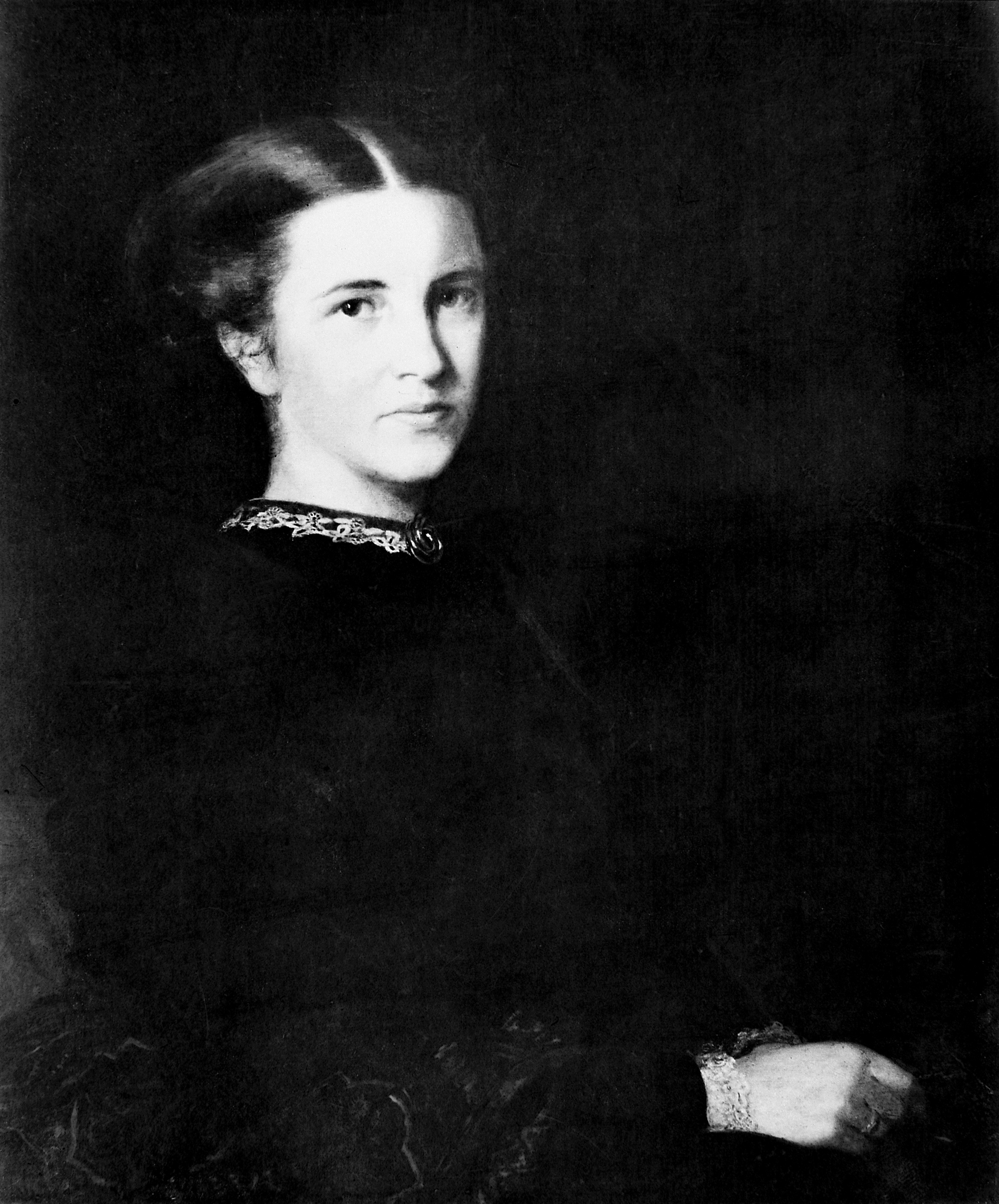
So how did Elizabeth Garrett Anderson manage to qualify as a doctor?
Following failed attempts to study at numerous medical schools in Britain, Elizabeth enrolled as a nursing student at the Middlesex Hospital and started going to classes intended for male doctors-in-training.
Her outraged male classmates complained vehemently, and she was eventually banned.
Elizabeth’s next port of call was the Society of Apothecaries, an old English medical society who manufactured, prescribed and dispensed medicinal and pharmaceutical products.
As there was no law preventing a woman from preparing and administering medications, they had little choice but to allow her to privately study in preparation for their examinations.
In 1865, Elizabeth passed the Society of Apothecaries examinations and achieved the LSA medical qualification (the ‘Licentiate of the Society’), earning herself the title of licensed apothecary. While this qualification was relatively low in status, it entitled her to have her name entered on the Medical Register.
This made Elizabeth Garrett Anderson the first woman in Britain to qualify as a doctor.
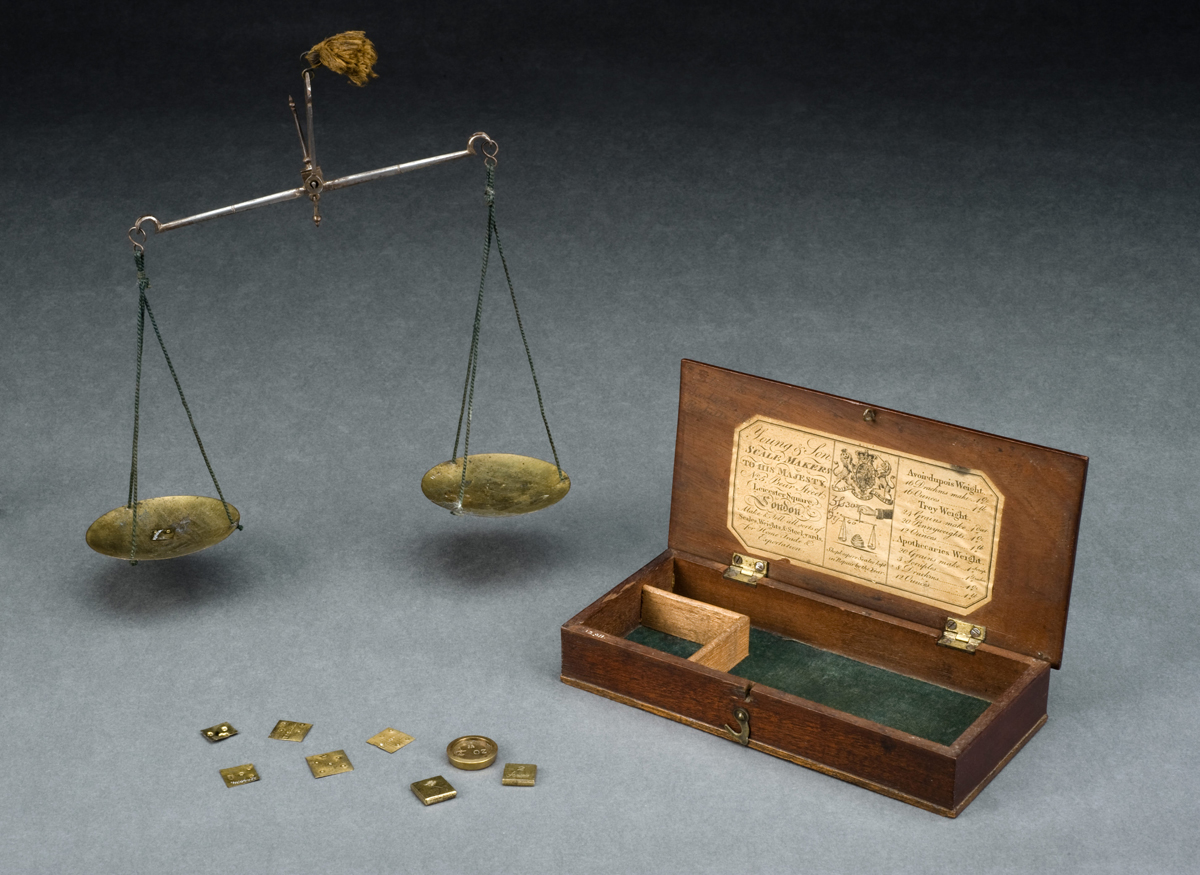
The Society of Apothecaries quickly changed their rules preventing any other women from following in Elizabeth’s footsteps. This closed off the only option open to women seeking access to the Medical Register.
In 1866, Elizabeth opened the St Mary’s Dispensary for Women and Children. Four years later, she became Visiting Medical Officer for the East London Hospital for Children.

But she still wasn’t allowed a medical degree?
Indeed, despite her progress at this stage, aged 33, Elizabeth was still not permitted to attain a medical degree in Britain. The weight of tradition and bureaucracy seemed too great to overcome but she remained determined; where others saw dead ends, Elizabeth saw loopholes and possibilities.
Abroad, the laws surrounding university medical degrees were less rigid. Elizabeth taught herself French and went to the University of Paris, where she attained her medical degree in June 1870.
Elizabeth was also the first woman to receive a medical degree in France. In 1873 she became the first woman granted membership of the British Medical Association (she remained the only female member for the next 19 years).
This is a great success story for Elizabeth. But what about other women?
In 1872 Elizabeth transformed the St Mary’s Dispensary for Women and Children into the New Hospital for Women in London. The hospital specialised in women’s health and all of the staff were women. It was renamed the Elizabeth Garrett Anderson Hospital in 1918 and continued to appoint only female staff until the 1980s.
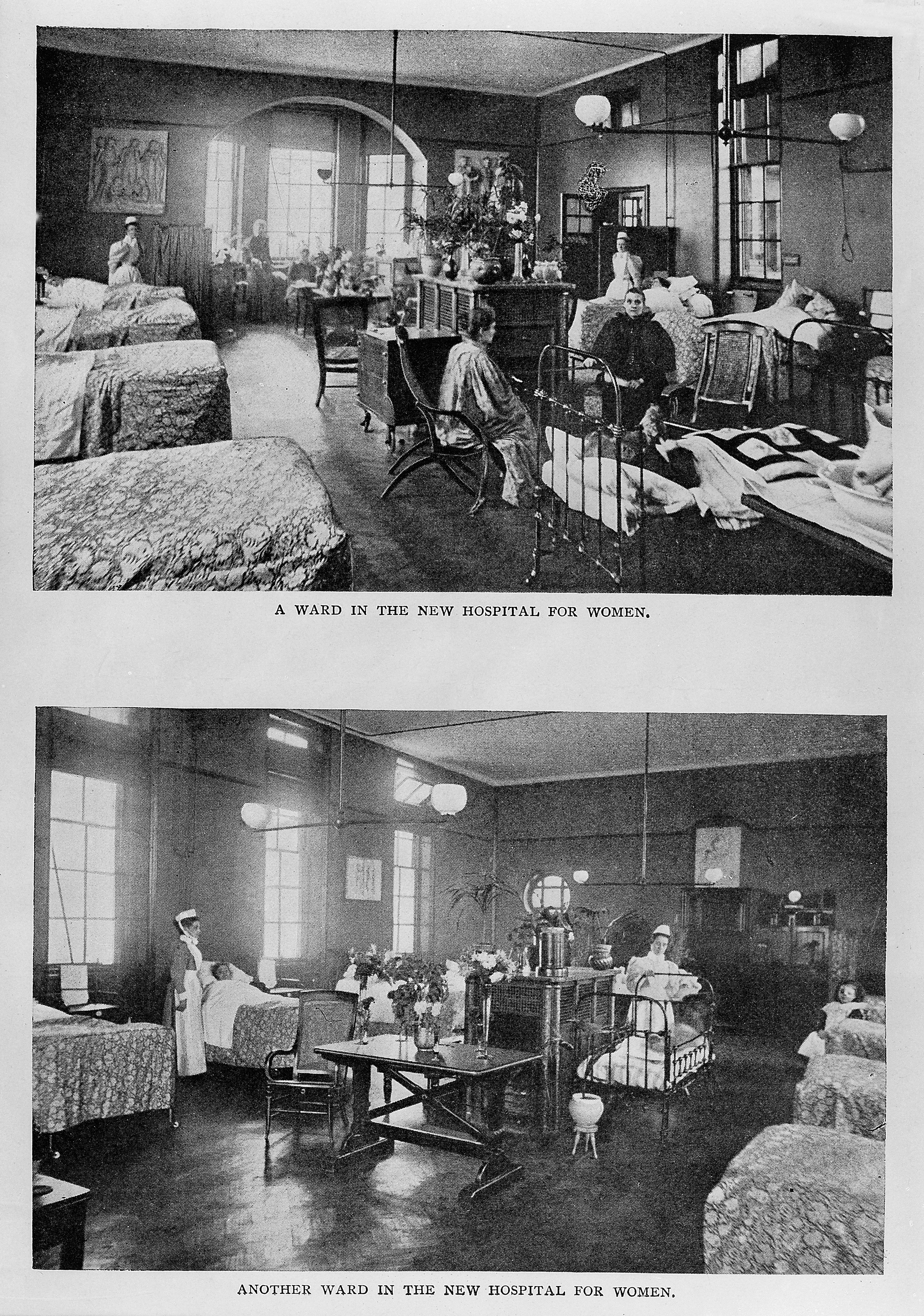
A Wellcome Collection image used under CC BY licence from https://wellcomecollection.org/works/hg9qp9uh
Elizabeth also founded the London School of Medicine for Women in collaboration with other pioneering medical women, including Sophia Jex-Blake and Elizabeth Blackwell. The institution was the first place in Britain specifically intended to train women as doctors.
Thanks to the work of Elizabeth and the increasing number of women joining her, public opinion was beginning to turn.
In 1876 legislation was passed in the House of Commons which prohibited the exclusion of women from universities and medical schools, enabling women to officially enter the medical profession and the Medical Register.
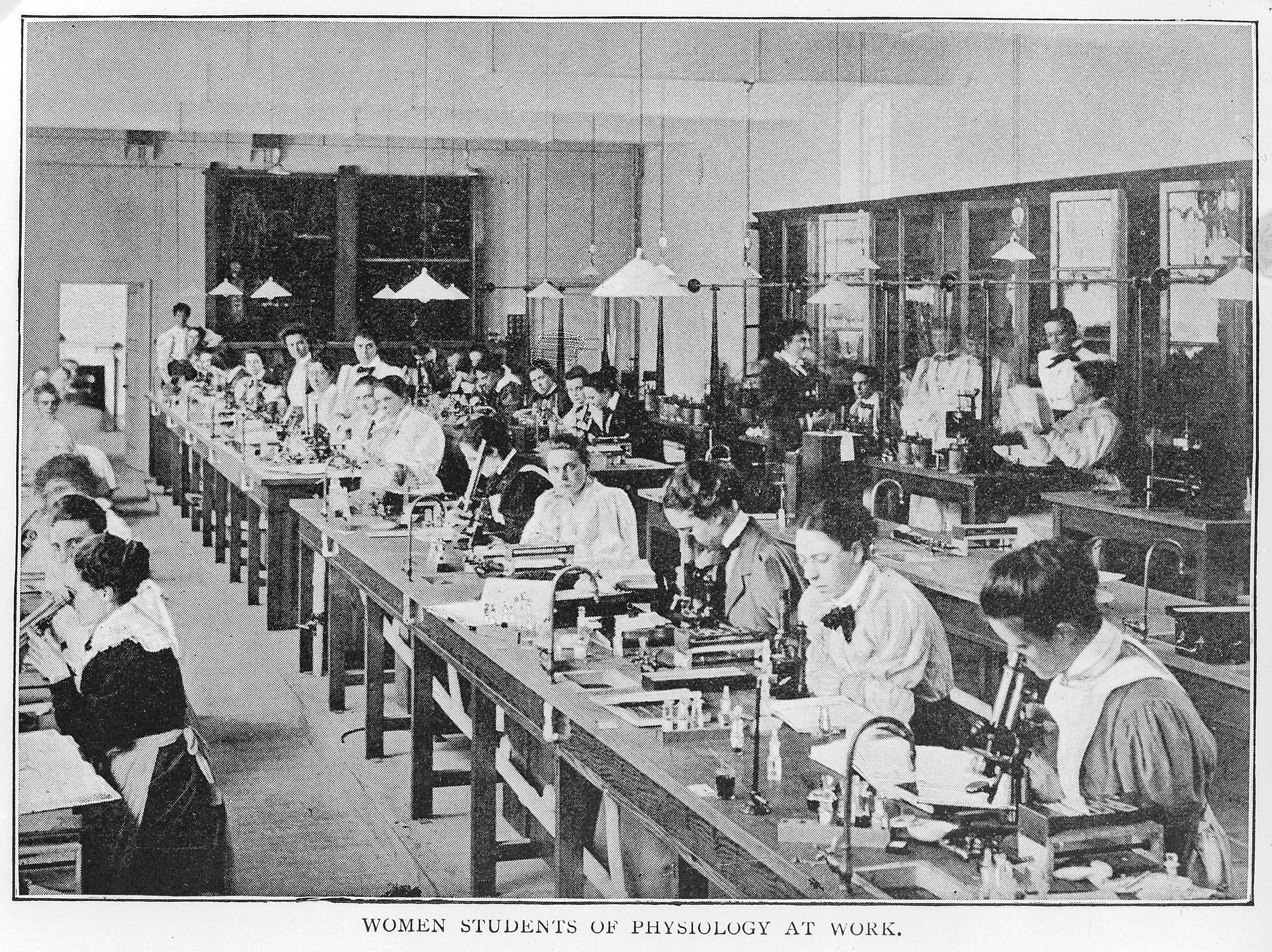
A Wellcome Collection image used under CC BY licence from https://wellcomecollection.org/works/cg3h7kzr
Elizabeth continued to lecture at the London School of Medicine for Women for 23 years, and from 1883 she was also the School’s Dean. She was Senior Physician of the New Hospital of Women for 24 years and in 1896–97 she was President of the East Anglian branch of the British Medical Association.
Thanks to Elizabeth’s tireless fight for the right to practise medicine, the profession of ‘doctor’ was no longer gendered.
In her final inaugural speech to the students of the London School of Medicine for Women in October 1917 she reflected on her ambition and career.
The Times reported her advice to the female doctors-in-training:
They were exchanging, she said, the domestic life for the life of the community. The professional woman came in for hard work, and plenty of it. It was good to be clever, but it was not essential; it was useful to have heaps of money for extra coaching and instruments, but it was not essential; it was useful to have influential friends, but it was far more useful to learn to be self-reliant.
They would have to deal with all sorts of people, with the sick and those that thought they were sick. They should cultivate a pleasing personality. It was not easy to go on healing if one was repugnant to one’s patient. Suitable manners and suitable dress were essential.
Medical women were called more and more to take part in public life, and they should learn committee work and the art of public speaking.
Medicine was not only the finest profession open to women, but it was the best preparation for public life. When an opportunity arose to do some service for their country they should not shirk it.
Best preparation for public life…?
In 1902, Elizabeth retired from her medical career and moved to the town of Aldeburgh in Suffolk. In 1908 she became the Mayor of Aldeburgh; she was the first female mayor in England.
In her final years, Elizabeth was a prominent member of the women’s movement. Along with her sister, the Suffragist leader Millicent Fawcett, she campaigned for equal rights for women.
Elizabeth Garrett Anderson died in Aldeburgh on 17 December 1917 at the age of 81, just two months before the Representation of People Act extended the right to vote to women over 30.
Today, 45.5% of registered medical practitioners in the UK are women.
In her memory, let us reflect on the work of all those who paved the way for women in medicine, creating a stronger health service for everyone.